As a dog owner it’s not a question of if an accident will happen, it’s when will one happen.
That’s why pet first aid is one of the most important things you can learn as a dog owner.
Sometimes knowing what to do at the right time could even save a dog’s life.
You might think that there’s too much to learn and remember.
The truth is, you don’t have to be a vet…
There are a lot of simple things you can do to help if the worst was to happen.
Today we’ve put together this post outlining the easy steps you can take to help your dog in the most common pet emergencies.
Let’s jump in and take a look…
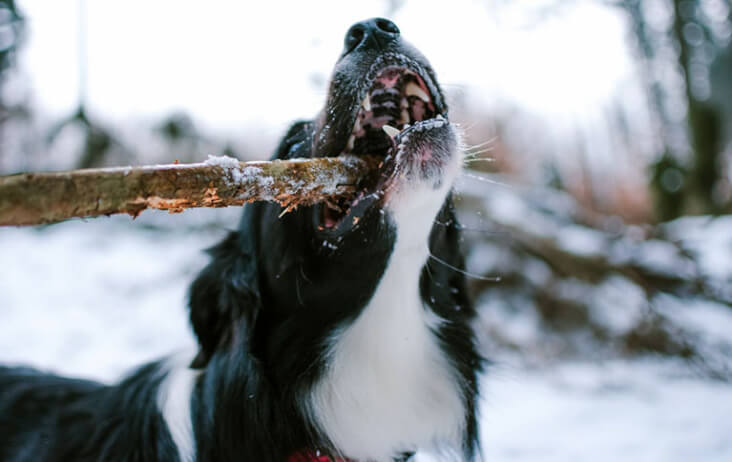
Bite Wounds
If your dog gets bitten, it can be scary. But it’s important to stay calm and assess the situation.
Firstly, what was your dog bitten by?
Certain bites are more risky than others.
And while snake bites are rare in the UK, poisonous adders still roam our woodland and marshland in summer.
Their bites are very dangerous for our canine friends because poison spreads quickly.
That’s why it’s important to seek veterinary help straight away.
If your dog has been bitten by another canine, the situation might not be as serious.
Don’t panic, ask yourself some simple questions:
- Are they otherwise ok?
- Do they have any other injuries?
- Are they in shock?
If you’re worried about your dog, cover their wound, keep them warm and make an emergency vet appointment straight away.
It is still important to speak to your vet, even if you think the bite is ok. They can get infected easily and might need professional attention.
Bleeding
Bleeding is usually caused by a surface wound to your dog’s skin.
It is vital to first find out where the blood is coming from. Check your dog carefully and slowly, making sure you don’t agitate them further if they’re in pain.
Once you have found the source, assess the wound.
If it is very small and your dog isn’t in any pain, it can probably be treated at home using the following steps:
- Boil a kettle of water and add a teaspoon of sea salt to a clean mug.
- Pour the boiling water into the cup with the salt.
- Let cool until it is lukewarm.
- Flush the cut with the lukewarm salty water to remove as much bacteria as possible.
- If the cut gets sore, infected or doesn’t heal… go to your vet!
If the wound is big and bleeding heavily, immediate veterinary attention is needed.
For the journey, apply pressure to the wound.
Don’t panic if you don’t have bandages to hand. Household items good for this include clean t shirts and tea towels.
Avoid removing the cloth to check on the wound. It is likely that this will restart the bleeding and stop any clotting that has taken place.
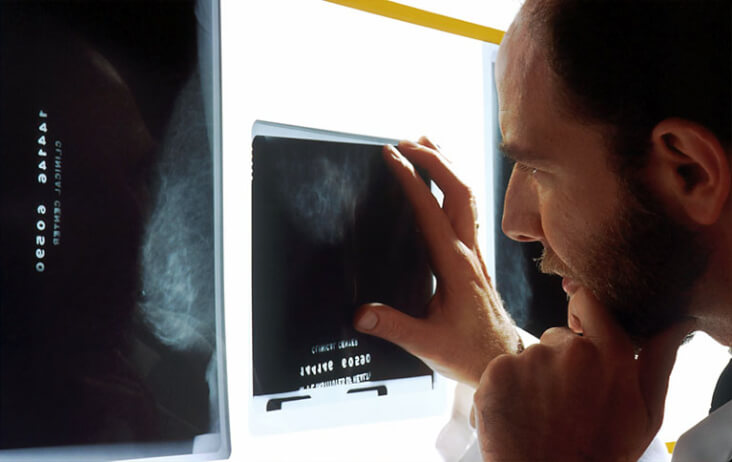
Broken Bones
Much like in humans, broken bones in dogs always need immediate attention.
Move your dog to a safe place while you contact your vet.
But avoid touching their painful area.
Don’t allow a dog with broken bones to walk. You can carry them if they’re small enough. If not, you could use a jumper or towel as a makeshift stretcher.
But if you suspect your dog has a spinal injury, don’t move them. This could make it worse. Call the vet immediately for advice.
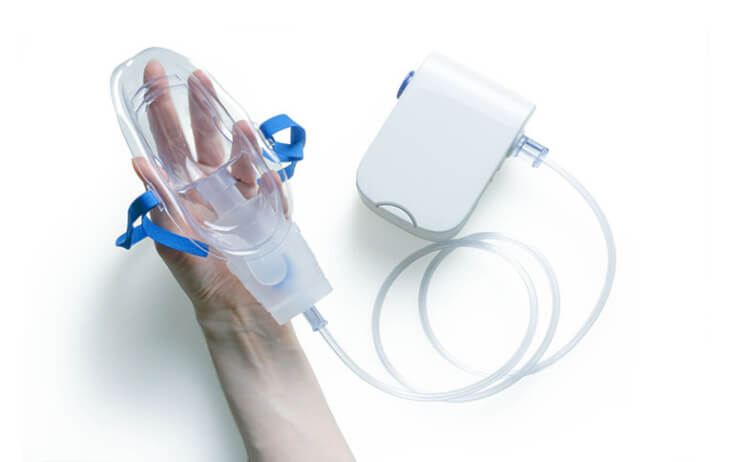
Breathing Problems
The most important thing to do if your dog is struggling to breathe is to stay calm. If you panic, chances are your dog will too. And this could make their breathing worse.
If your dog has stopped breathing, give CPR and call your vet immediately. You can find a guide on how to give dogs CPR on the PDSA website.
But if your dog is still breathing, consider the following…
Firstly, check your dog for choking. Is there anything stuck in their throat that you can remove?
Have they recently done exercise that’s caused them to pant hard?
Are they anxious?
If there is no obvious cause for your dog’s symptoms, monitor them for a few minutes. If their breathing isn’t getting better, call your vet.

Burns
Burns can be very painful for your pet.
But luckily they often aren’t serious.
If you notice your dog has been burned, take them away from the source. Chemical burns should be rinsed thoroughly with water.
Don’t apply any creams or ointments to the burn – these are usually designed for us humans and aren’t suitable for dogs.
Cool any burned area with cool, room temperature water for 10-20 minutes. Never use iced water.
While you’re doing this, call your vet to make an appointment. Burns should always be checked over and treated by a professional.
Cover the wound on the way to the vets by placing cling film gently over the burn.
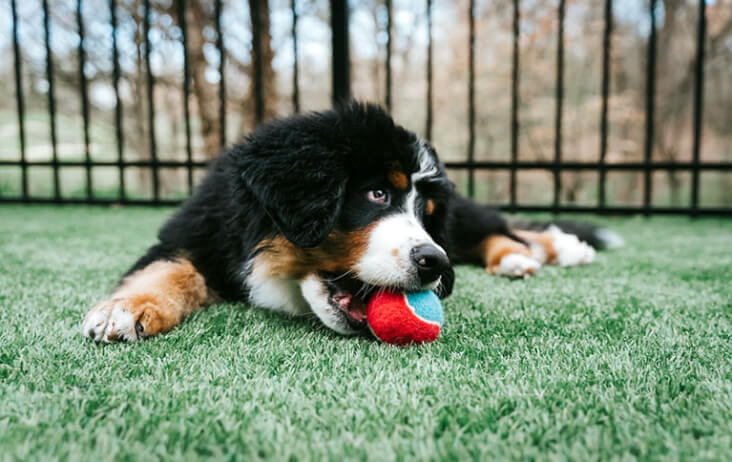
Choking
Choking can be scary, but it’s important to stay calm if it happens.
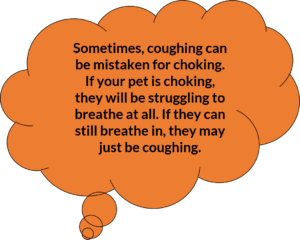
Ask yourself these 4 questions:
Do you know what your dog could be choking on?
Were they just playing with a toy?
Or did they have a chew?
Is there anything you can remove from their mouth?
A common sign of a dog choking is pawing at their mouth or head.
You can try to remove any obvious blockage from your dog’s mouth yourself. Lay your dog on their side, put both hands on the side of their ribcage and push down quickly and firmly. The idea behind this is to push air and objects out of their lungs.
If you can’t remove the object, call the vet immediately for an emergency appointment.
And to avoid choking, make sure to give them size appropriate toys and supervise them while they are eating chews.

Electric Shock
Electric shocks in dogs are rare if you have a pet friendly home.
But they can still happen, and it’s important to be prepared.
You first need to stop the source of the shock by turning off the power source, or your main fuse box.
Carefully move your pet away from the source of the shock.
Wrap them up to keep warm and check for other injuries, such as burns.
Even if your dog seems ok, they need to be checked over by a vet. Report exactly what happened as well as the extent of their injuries. Electric shocks can cause internal injuries that might not be visible to you. The reaction to the shock can also be delayed.

Poisons And Toxins
You will probably know that there are many substances, foods and plants that are toxic to dogs.
If your pet comes into contact with one of these, it’s important to act quickly.
Take your dog away from the poison, or remove it from their mouth if you can.
Symptoms of poisoning can include vomiting, drooling and breathing problems.
But don’t wait for symptoms to develop before contacting your vet. Time is crucial and sometimes toxins can be at work before any symptoms appear.
Head to the vets straight away.
Take as much information (like the packet of the food they ate) to your vet to help them give your dog the best treatment.
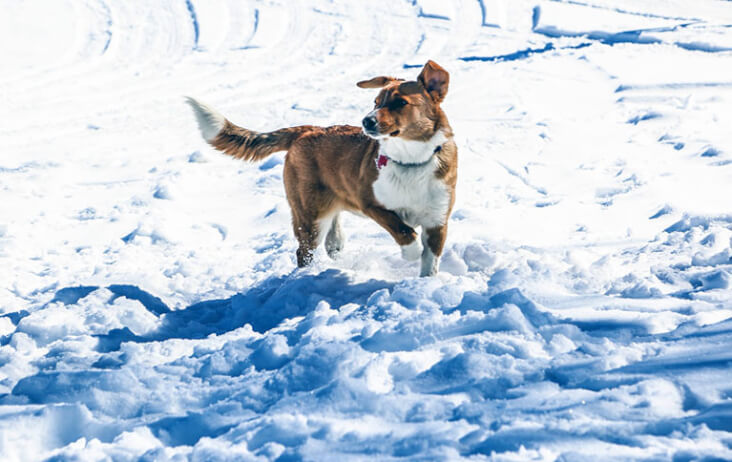
Hypothermia
You might think that your dog’s fur will protect them from the cold so you don’t need to worry about hypothermia.
And winter is over so you don’t need to worry about it for another couple months anyway… right?
In actual fact, hypothermia is a pretty common problem for dogs, despite their furry coat. And not just in winter.
Dogs can get cold in the summer too. Usually from swimming in cold water.
And it can cause the following symptoms:
- Shivering
- Pale lips and gums
- Low energy or being more sleepy than usual
Dogs suffering from hypothermia should always be checked by a vet, even if they seem ok.
But you can follow some steps to help at home.
Take your dog out of the cold, and use thick blankets or duvet covers to warm them back up.
You could also give them some lukewarm water to drink.
Just make sure you don’t go too far and overheat your pup!
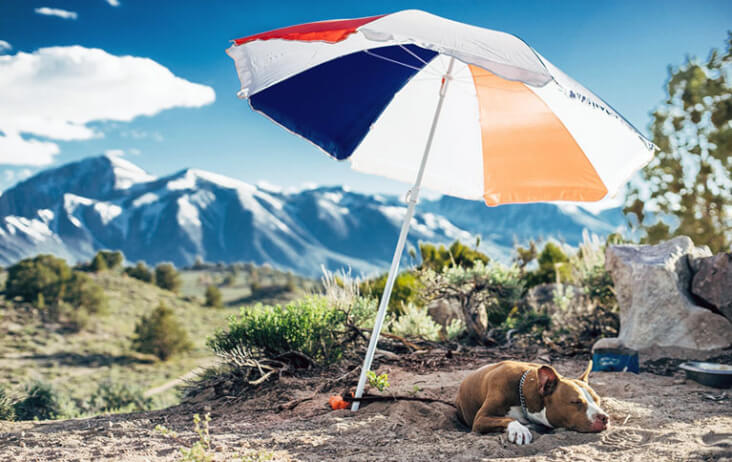
Heatstroke
If you suspect your dog has heat stroke, you should phone your vet for an appointment and start cooling them down straight away.
Lukewarm water sprays and wet towels can all be used to help. It’s important not to use very cold or icy water… this could shock your dog and cause further problems.
You can also use a fan or air conditioning to help cool your dog.
Continue to cool your dog during the journey to the vets.
We covered heatstroke, summer pests and keeping your dog safe during hot weather in a previous post – you can read more about it here.
How To Stay Prepared
Fortunately, most situations that require first aid won’t be an emergency.
But it’s important to stay prepared.
Keeping a first aid kit at home and your vet’s number saved are two simple things anyone can do. That can be critically important in an emergency.
And hopefully this post has given you plenty of information, tips and tricks about what to do to help your dog.
So if they are to get injured, you know what steps to take next..
References
www.pdsa.org.uk/taking-care-of-your-pet/looking-after-your-pet/all-pets/first-aid-for-pets
www.bluecross.org.uk/pet-advice/basic-first-aid-dogs
www.hillspet.com/dog-care/healthcare/how-to-help-a-choking-dog
www.vets-now.com/pet-care-advice/dog-poisoning/
www.youtube.com/watch?v=HB68yVIdPrw
topdogtips.com/dog-breathing-problems/



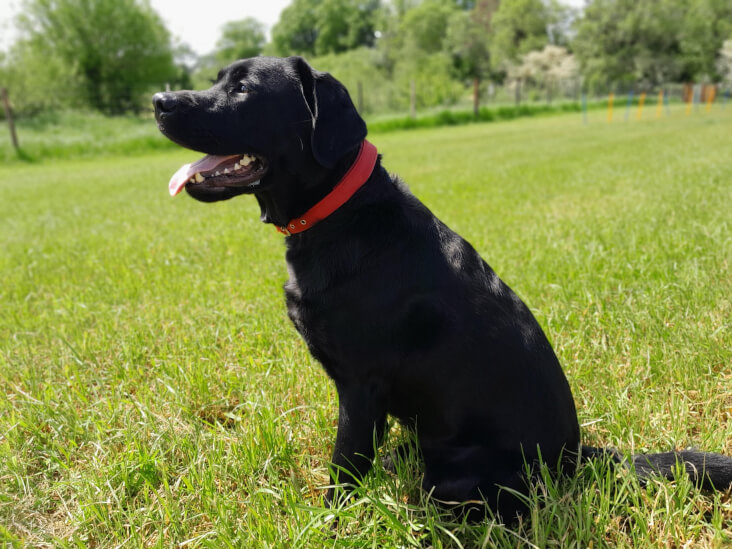



Comments